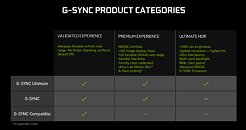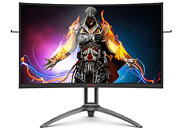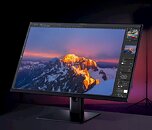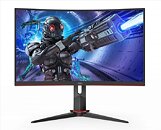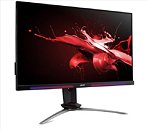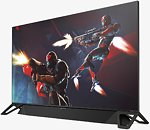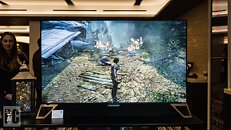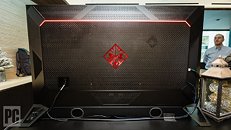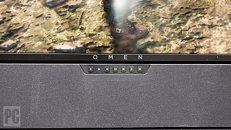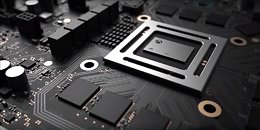
LG Partners with NVIDIA to Offer GeForce Now Free for Six Months on LG 2021 4K Smart TVs
LG Electronics (LG) is teaming up with NVIDIA to offer new LG 2021 4K Smart TV owners in select markets free Priority membership to NVIDIA GeForce NOW for six months. The promotion kicks off as GeForce NOW moves out of beta on LG TVs in a total of 80 markets, ready to provide users worldwide with the full power of NVIDIA's unique cloud gaming service. GeForce NOW allows users to stream free-to-play games purchased from online stores such as Steam, Epic Games Store, Ubisoft Connect and Origin, turning their LG Smart TV into a high performance gaming machine. Priority membership provides faster access to NVIDIA's servers so there's no waiting for games to start, extended session times, gorgeous ray-traced graphics with RTX ON and seamless, high-res gameplay at up to 60 frames per second.
GeForce NOW Priority membership is open to all customers who purchase an applicable LG 2021 4K Smart TV model during the promotion period in participating markets. The limited-time offer will run in the United States from February 1 to March 20 and will require LG TV customers to download and install GeForce NOW on their new LG TVs.
GeForce NOW Priority membership is open to all customers who purchase an applicable LG 2021 4K Smart TV model during the promotion period in participating markets. The limited-time offer will run in the United States from February 1 to March 20 and will require LG TV customers to download and install GeForce NOW on their new LG TVs.




